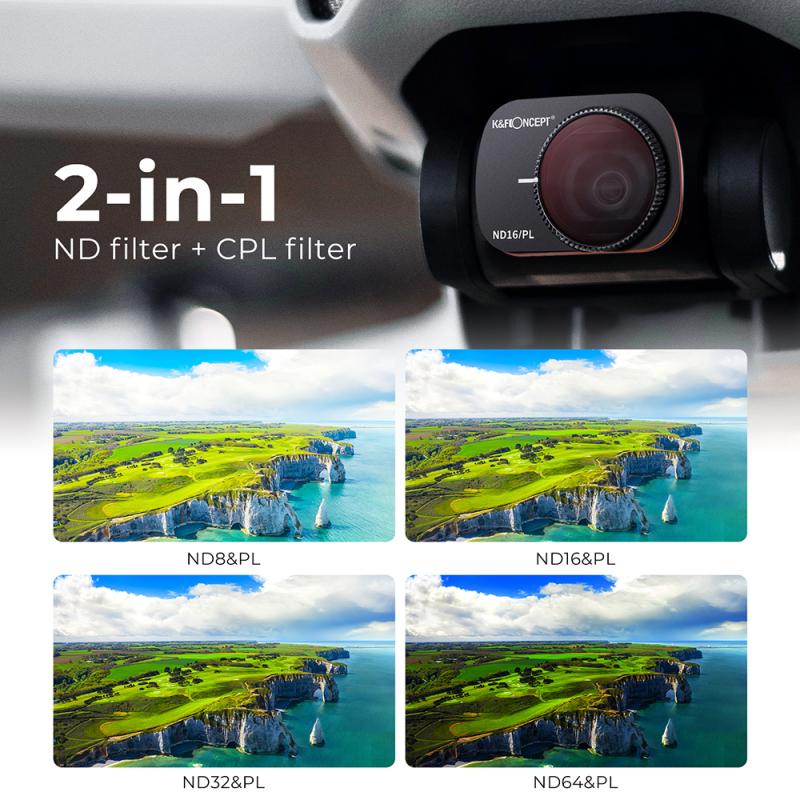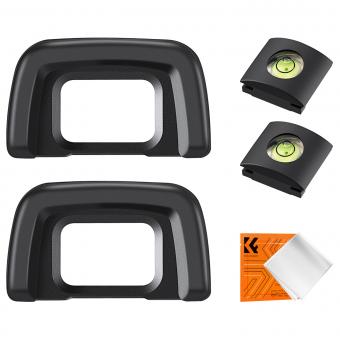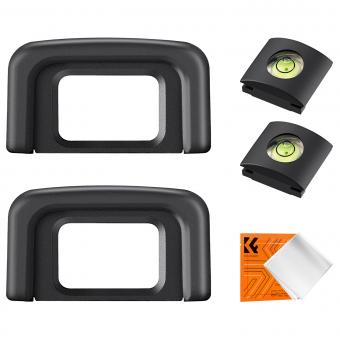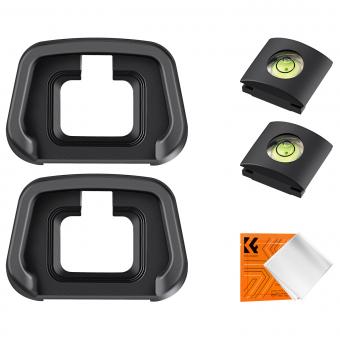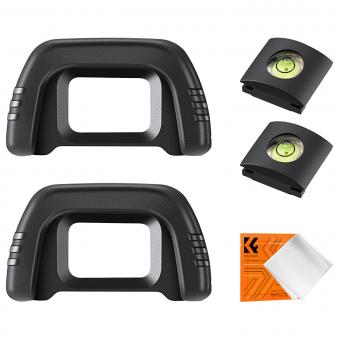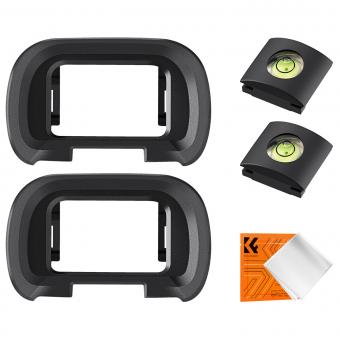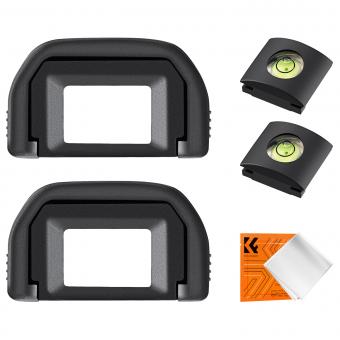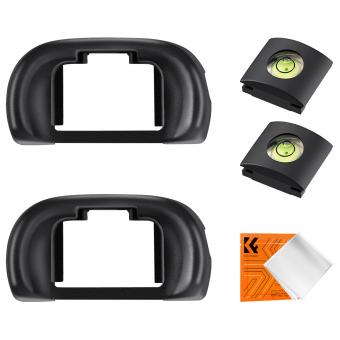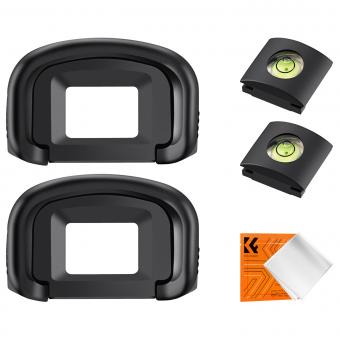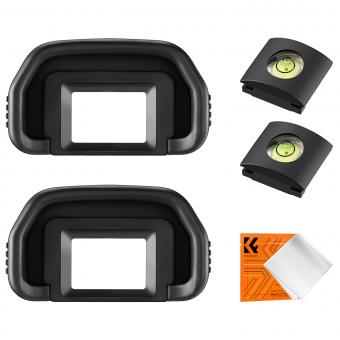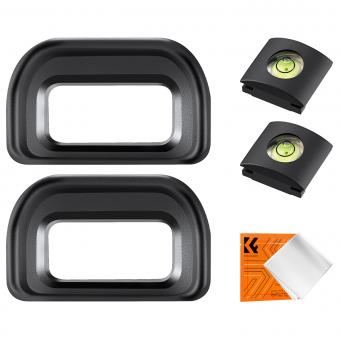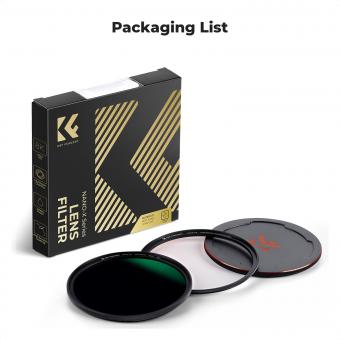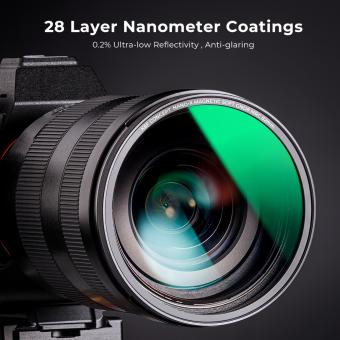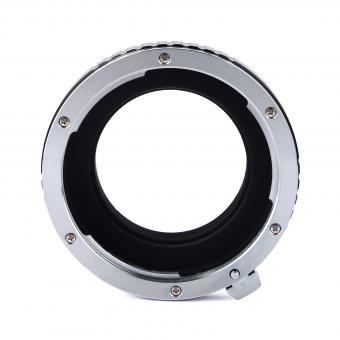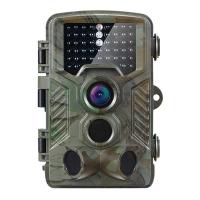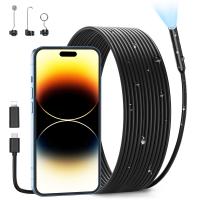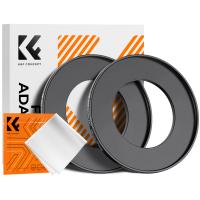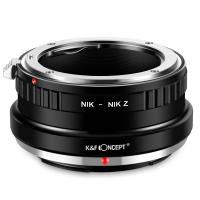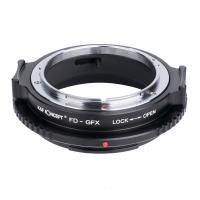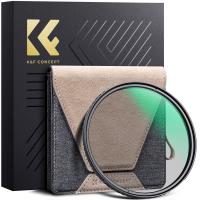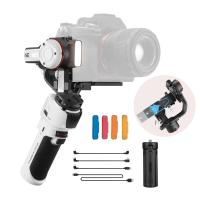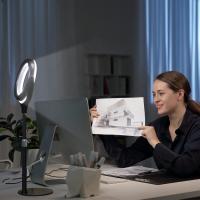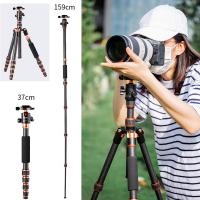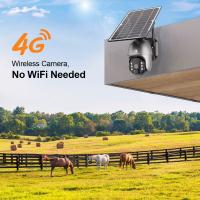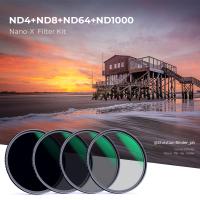Which Camera Lens Filter For Hot Glowing ?
A popular camera lens filter for achieving a hot glowing effect is a "star filter." This filter creates a starburst pattern around bright light sources, giving them a radiant and glowing appearance. It is commonly used in night photography or to enhance the visual impact of artificial lights.
1、 Infrared Filter for Capturing Heat Signatures
The camera lens filter that is commonly used for capturing hot glowing or heat signatures is the Infrared (IR) filter. This filter allows the camera to detect and capture infrared light, which is emitted as heat by objects.
Infrared filters are designed to block out visible light and only allow infrared light to pass through to the camera sensor. This enables the camera to capture heat signatures that are not visible to the naked eye. By using an infrared filter, photographers and researchers can reveal hidden details and patterns in thermal imaging.
The latest point of view regarding infrared filters is that they have become increasingly popular and accessible in recent years. With advancements in technology, infrared filters are now available for a wide range of camera lenses and can be easily attached or screwed onto the lens.
Infrared photography has found applications in various fields such as wildlife monitoring, surveillance, and even medical imaging. It allows for the detection of temperature variations, which can be useful in identifying anomalies or potential issues.
It is important to note that the effectiveness of an infrared filter depends on the specific camera and lens combination, as well as the quality of the filter itself. Therefore, it is recommended to do thorough research and choose a high-quality infrared filter that is compatible with your camera system.
In conclusion, an infrared filter is the camera lens filter of choice for capturing hot glowing or heat signatures. It allows for the detection and visualization of infrared light emitted as heat, revealing hidden details and patterns that are not visible to the naked eye.
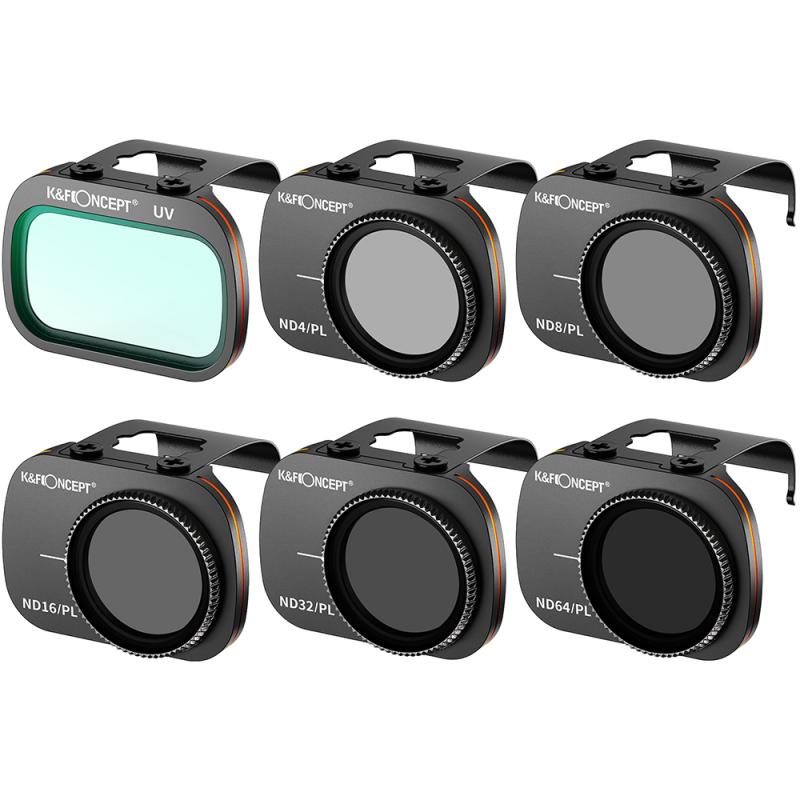
2、 Neutral Density Filter for Reducing Glare and Brightness
The ideal camera lens filter for capturing hot glowing scenes would be a Neutral Density (ND) filter. This type of filter is specifically designed to reduce glare and brightness, making it perfect for shooting in high-contrast situations where there is intense light or hot glowing elements.
An ND filter works by evenly reducing the amount of light that enters the camera lens without affecting the color balance. This allows you to maintain accurate exposure levels while capturing the hot glowing elements in a more controlled manner. By reducing the brightness, an ND filter helps to prevent overexposure and loss of detail in the highlights, resulting in a more balanced and visually appealing image.
The latest point of view on using ND filters for hot glowing scenes is that they are essential tools for photographers and videographers. They provide greater flexibility and creative control, allowing you to capture the full dynamic range of a scene without sacrificing details in the highlights or shadows. Additionally, ND filters can be stacked or combined with other filters to achieve even more precise control over the exposure and color balance.
It is important to note that the specific strength of the ND filter needed will depend on the intensity of the hot glowing elements and the desired effect. Different ND filter strengths, such as ND2, ND4, ND8, or even higher, are available to cater to various lighting conditions. Experimentation and practice are key to finding the right filter strength for each unique hot glowing scene.
In conclusion, a Neutral Density filter is the recommended camera lens filter for capturing hot glowing scenes. It effectively reduces glare and brightness, allowing for better exposure control and preservation of details in both highlights and shadows.
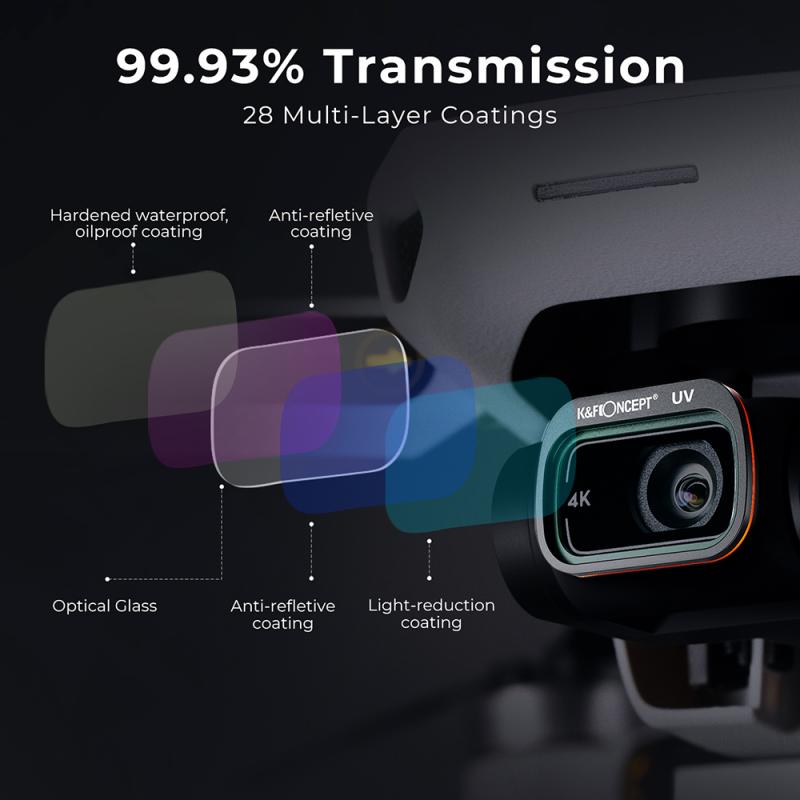
3、 UV Filter for Reducing Haze and Enhancing Clarity
The UV filter is a popular camera lens filter that is commonly used for reducing haze and enhancing clarity in photographs. It is particularly useful when shooting in outdoor environments where there may be a high level of ultraviolet light present. By blocking out the UV rays, the filter helps to eliminate the bluish cast that can often be seen in images taken under bright sunlight.
In addition to reducing haze, the UV filter also serves as a protective layer for the lens, shielding it from dust, moisture, and scratches. This is especially important when shooting in challenging conditions or when traveling to rugged locations. By using a UV filter, photographers can ensure that their lens remains in optimal condition, prolonging its lifespan and maintaining image quality.
However, it is important to note that the effectiveness of UV filters in reducing haze and enhancing clarity has been a topic of debate among photographers. Some argue that modern digital cameras already have built-in UV filters, making the use of an additional filter unnecessary. Others believe that the filter can still provide some benefits, especially when shooting in high-altitude or coastal areas where the UV light is more intense.
Ultimately, the decision to use a UV filter for reducing haze and enhancing clarity depends on personal preference and shooting conditions. It is recommended to experiment with and without the filter to determine its impact on image quality. Additionally, investing in a high-quality UV filter is crucial to minimize any potential negative effects on image sharpness or color accuracy.
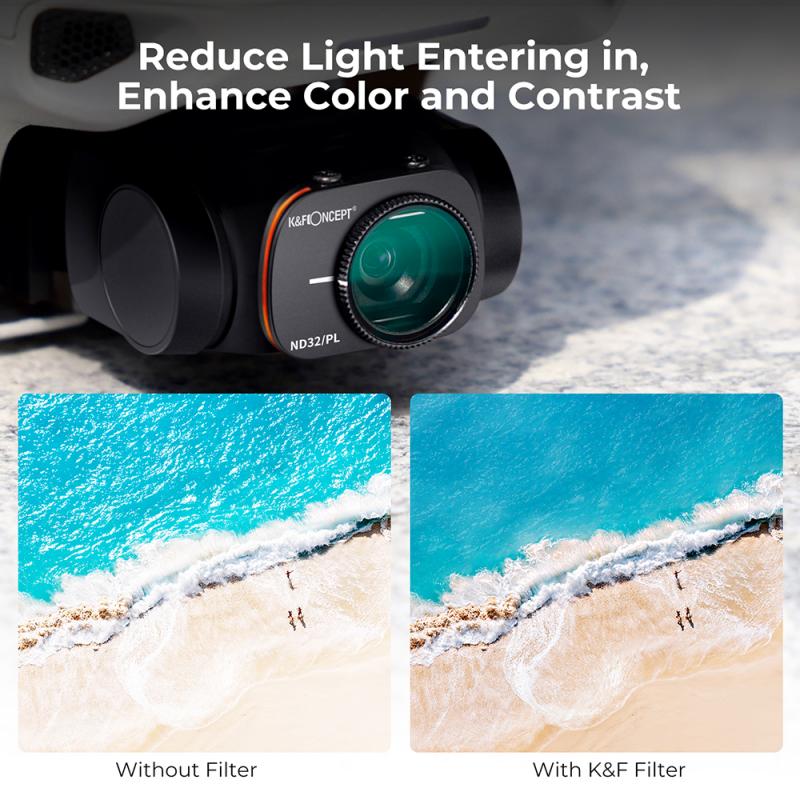
4、 Polarizing Filter for Controlling Reflections and Glare
The camera lens filter that is commonly used for controlling reflections and glare, and can also enhance the effect of hot glowing, is the Polarizing Filter. This filter is designed to reduce or eliminate reflections from non-metallic surfaces such as water, glass, and foliage. By doing so, it helps to minimize glare and increase the overall clarity and contrast of the image.
When it comes to capturing hot glowing effects, the Polarizing Filter can be particularly useful. It can enhance the saturation and vibrancy of colors, making them appear more intense and vivid. This can be especially beneficial when photographing sunsets, landscapes, or any scene where warm tones are prominent.
Moreover, the Polarizing Filter can also help to darken the sky, making it appear deeper and more dramatic. This can further enhance the hot glowing effect, especially during sunrise or sunset when the sky is already filled with warm hues.
It is important to note that the effectiveness of the Polarizing Filter can vary depending on the angle at which it is used. To achieve the desired effect, it is recommended to rotate the filter until the reflections and glare are minimized, and the hot glowing effect is enhanced.
In conclusion, the Polarizing Filter is an excellent choice for controlling reflections and glare, while also enhancing the hot glowing effect in photography. Its ability to reduce unwanted reflections, increase color saturation, and darken the sky makes it a versatile tool for capturing stunning and vibrant images.
